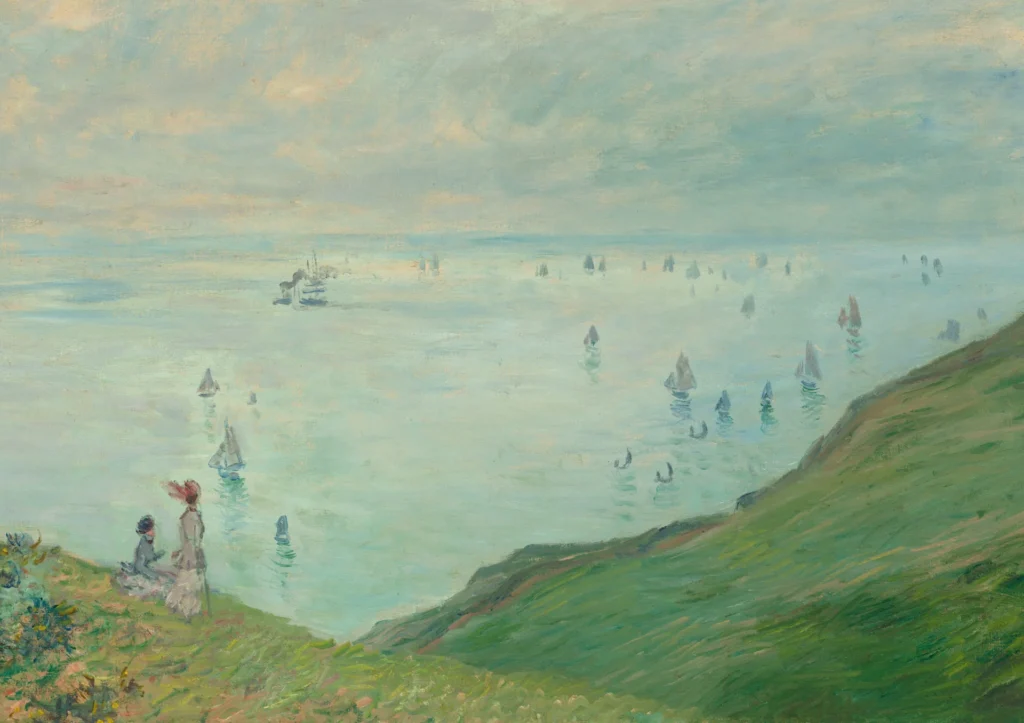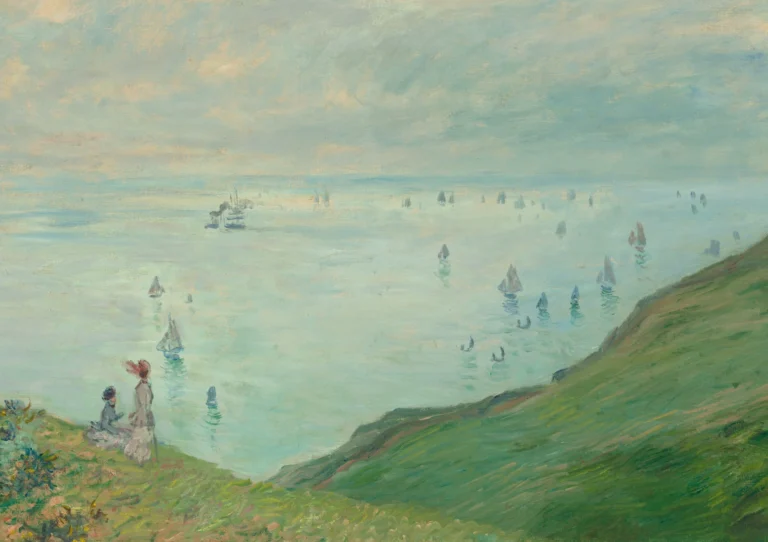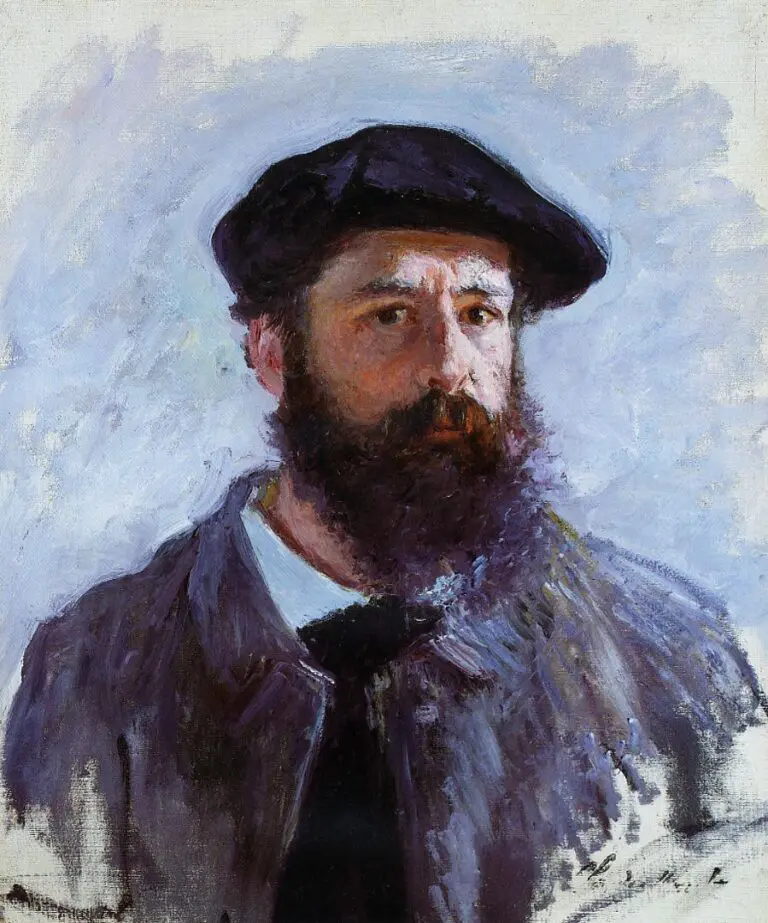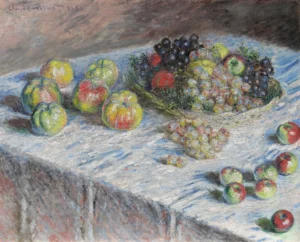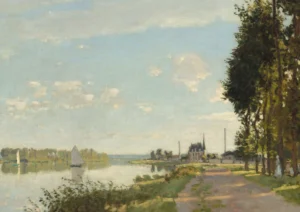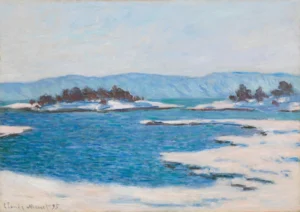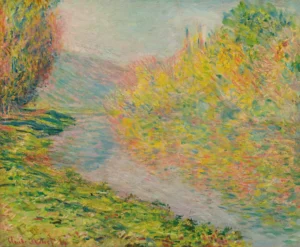Cliffs at Pourville (1882)
Painted in 1882 during a transformative period in Claude Monet's life, 'Cliff Walk at Pourville' depicts two young women amid the picturesque scenery of Normandy. Utilizing innovative brushwork and vibrant colors, Monet successfully interlaces human figures with their environment, creating a dynamic interplay of light and movement. This piece serves as a testament to the Impressionist movement's ability to capture ephemeral moments, revealing both the tranquility and emotional complexity of Monet's experiences during his stay in the small fishing village.
Year 1882
About the Artwork
Did You Know
Liked what you see? Add it to your collection.
Enjoyed reading? Share it.
... continued
Context and Inspiration
Monet created this painting during a stay in Pourville, a small fishing village on the Normandy coast of France. This trip was part of his efforts to escape personal and professional pressures, including the death of his wife Camille three years earlier and the economic recession in France that affected his art sales. He was also disillusioned with the upcoming seventh Impressionist exhibition due to divisions within the group.
Composition and Technique
The painting features two young women, likely Marthe and Blanche, the daughters of Alice Hoschedé, whom Monet would later marry. The work showcases Monet's skill in integrating figures into a landscape without disrupting the unity of the painterly surface. He achieved this through the use of texture and color, employing short, brisk, curved brushstrokes to depict the grass, the women's dresses, and the sea. These brushstrokes create a sense of movement and capture the effect of a summer wind on the scene.
Modifications and Details
X-radiographs reveal that Monet made several adjustments during the painting process. He reduced the size of a rocky outcropping at the far right to balance the proportions of sea and sky. Additionally, an original third figure was painted into the grouping but later removed.
Style and Impact
The painting exemplifies Monet's Impressionist technique, with a focus on capturing the fleeting effects of light and atmosphere. The use of pure, unmixed pigments and the juxtaposition of elements like the cliff and sea create a vibrant and dynamic image. When viewed from a distance, the painting's surface appears to vibrate, reflecting the impression of a hot summer day by the sea.
Current Location
'Cliff Walk at Pourville' is part of the collection at the Art Institute of Chicago, where it is currently on view in Gallery 240.




